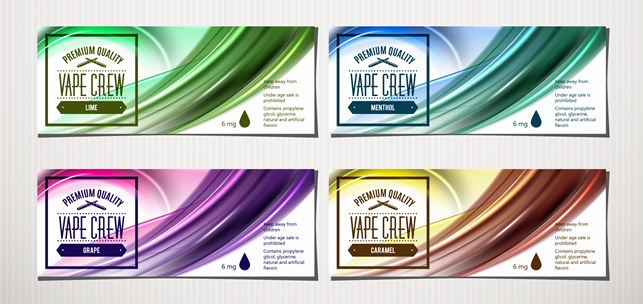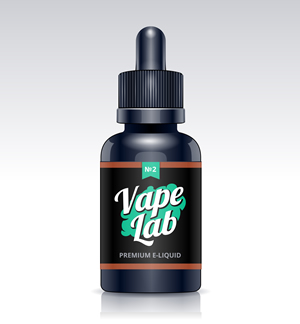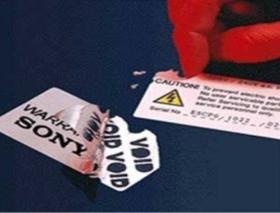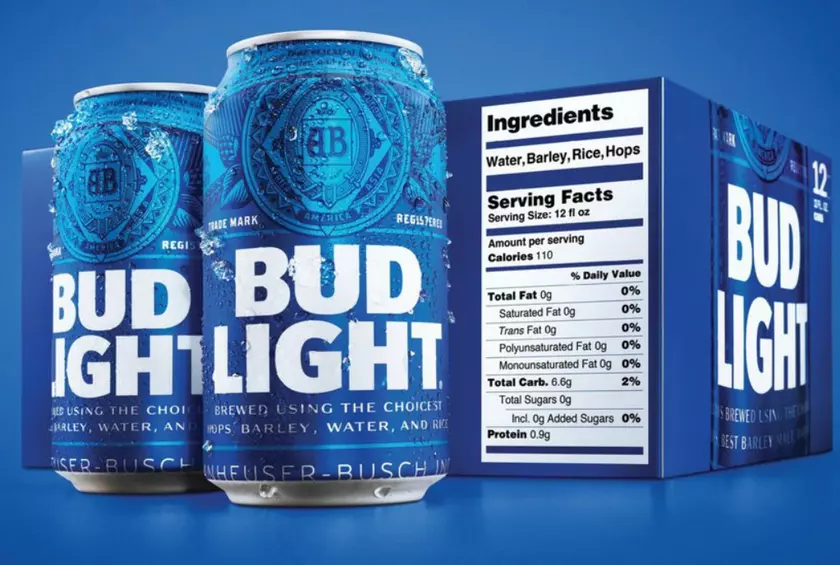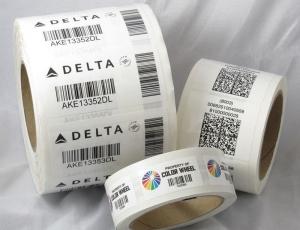In the intricate tapestry of technological progress and organizational efficiency, asset labels stand as silent witnesses to the evolution of data management. From humble beginnings to today’s advanced systems, the history of asset labels is a fascinating journey that reflects the ever-changing landscape of business needs and technological innovations.
In this blog post, we embark on a historical odyssey to unravel the origins and evolution of asset labels.
1. Genesis of Asset Identification:
The concept of asset identification dates back to the early 20th century when businesses began grappling with the challenges of managing growing inventories. Initially, simple tags with handwritten descriptions were affixed to physical assets. These rudimentary labels served a basic purpose but lacked the sophistication required for the increasingly complex needs of businesses.
2. Rise of Barcodes:
The true revolution in asset labelling came with the advent of barcodes in the late 1940s. The first barcode, resembling a bullseye, was designed by Norman Joseph Woodland and Bernard Silver. However, it wasn’t until the 1970s that barcodes gained widespread adoption, transforming the landscape of inventory management. Barcodes allowed for quicker and more accurate data entry, marking a significant leap forward in asset tracking.
3. QR Codes and Beyond:
As technology continued to advance, the limitations of traditional barcodes became apparent. Quick Response (QR) codes emerged in the 1990s, offering a more versatile and information-rich alternative. QR codes could store more data and were capable of linking physical assets to digital databases, opening up new possibilities for asset management in the digital age.
4. RFID and Automation:
Radio-Frequency Identification (RFID) technology marked the next phase in the evolution of asset labels. RFID tags, equipped with microchips and antennas, allowed for automated, real-time tracking of assets. This advancement significantly improved efficiency, accuracy, and the ability to manage assets in dynamic environments.
5. Smart Labels and IoT Integration:
In the 21st century, the integration of asset labels with the Internet of Things (IoT) has propelled asset management into a new era. Smart labels, equipped with sensors and communication capabilities, enable real-time monitoring and provide valuable insights into asset conditions, usage patterns, and performance metrics.
6. The Future of Asset Labels:
Looking ahead, the future of asset labels is poised for even more innovation. As technologies like blockchain and advanced analytics continue to evolve, asset labels are likely to become increasingly intelligent, enabling predictive maintenance, enhanced security, and a deeper understanding of asset lifecycles.
Data-Labels Conclusion
The history of asset labels is a testament to the relentless pursuit of efficiency and organization in the business world. From handwritten tags to smart labels integrated with cutting-edge technologies, asset labels have evolved to meet the ever-changing demands of modern enterprises. As we stand on the cusp of new technological frontiers, one thing iscertain: the story of asset labels is far from over, and the next chapter promises to be as exciting as the journey thus far.

